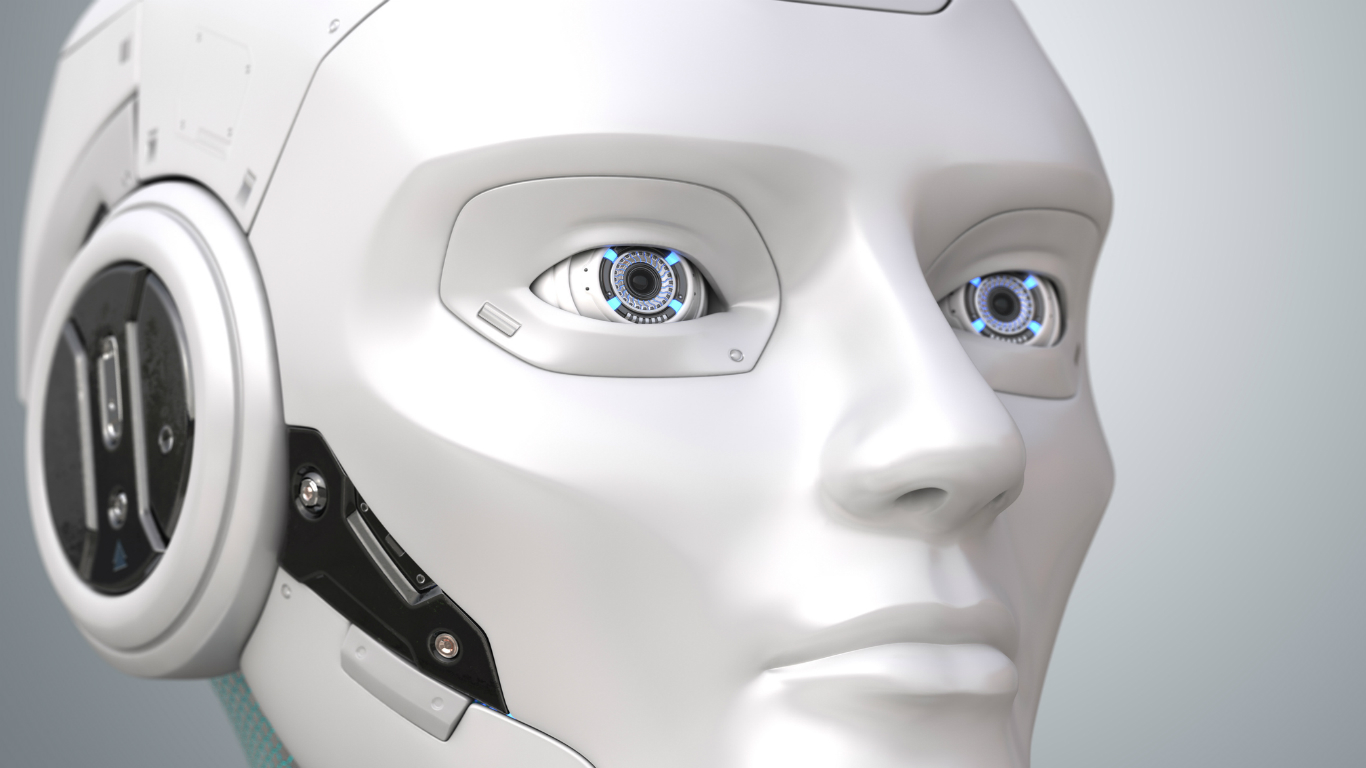
The economy added an extraordinary 313,000 jobs in February. The unemployment rate for the month was 4.1%. One group that has been left far behind is black Americans. The unemployment rate of this population was 86% higher than among white Americans, according to the February data released by the U.S. Bureau of Labor Statistics (BLS).
The primary numbers released:
Total nonfarm payroll employment increased by 313,000 in February, and the unemployment rate was unchanged at 4.1 percent, the U.S. Bureau of Labor Statistics reported today. Employment rose in construction, retail trade, professional and business services, manufacturing, financial activities, and mining.
Household Survey Data
In February, the unemployment rate was 4.1 percent for the fifth consecutive month, and the number of unemployed persons was essentially unchanged at 6.7 million.
Among the major worker groups, the unemployment rate for Blacks declined to 6.9 percent in February, while the jobless rates for adult men (3.7 percent), adult women (3.8 percent), teenagers (14.4 percent), Whites (3.7 percent), Asians (2.9 percent), and Hispanics (4.9 percent) showed little change.
The 6.9% figure for black Americans is 86% higher than the 3.7% for white Americans.
In its analysis titled The Worst Cities for Black Americans posted in November 2017, 24/7 Wall St. pointed to some of the reasons for the differences. Although the list does not cover every factor, it captures many of them:
One of the largest contributors to racial inequality in the United States is the disparity in arrest and incarceration between white and black Americans. Today, 1,408 in every 100,000 black Americans are incarcerated in state prisons, an increase of nearly 200% since 1960. Meanwhile, the white incarceration rate is 275 per every 100,000 white Americans.
Numerous policies have contributed to the racial disparity in incarceration. A broad set of policies related to the war on drugs have disproportionately targeted African Americans, and they are largely responsible for the increase in black arrests and longer sentences for black Americans. For example, sentences related to crack cocaine, an illegal substance more common among black drug users, are far harsher than sentences related to powdered cocaine, a substance more common among white drug users.
Perhaps nowhere is inequality clearer than in the disparities in poverty — as well as the social and economic difficulties that accompany it — between white and black Americans. Disparities in income, as well as in education, unemployment, health, and incarceration can exacerbate each other and deepen the overall divide between black and white prosperity in the United States.
One thing that can be said conclusively is that the wide gulf between black American and white American unemployment has existed for decades, almost certainly since the government started to keep records. Additionally, there is no reason to believe the gulf will close soon.
It’s Your Money, Your Future—Own It (sponsor)
Retirement can be daunting, but it doesn’t need to be.
Imagine having an expert in your corner to help you with your financial goals. Someone to help you determine if you’re ahead, behind, or right on track. With SmartAsset, that’s not just a dream—it’s reality. This free tool connects you with pre-screened financial advisors who work in your best interests. It’s quick, it’s easy, so take the leap today and start planning smarter!
Don’t waste another minute; get started right here and help your retirement dreams become a retirement reality.
Thank you for reading! Have some feedback for us?
Contact the 24/7 Wall St. editorial team.
 24/7 Wall St.
24/7 Wall St.



